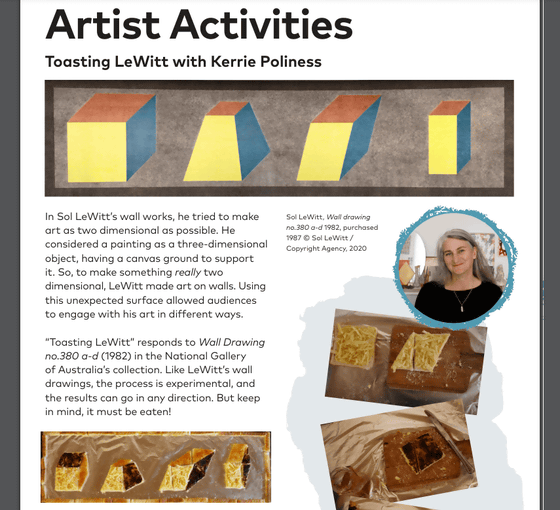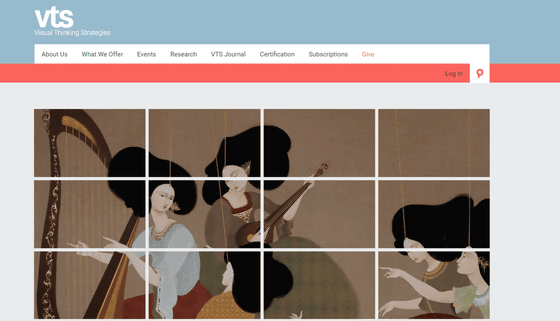Tips for taking kids to museums

How to get the most out of a visit to an art gallery with kids
https://theconversation.com/how-to-get-the-most-out-of-a-visit-to-an-art-gallery-with-kids-214272

According to Sauer, it is important to first 'try to pique the child's interest.' For example, if a child likes superheroes or cute characters, they may be drawn to art depicting tribes with unique costumes. Many museums also offer programs where children can participate in art-related activities, and some even hold cooking classes where children can recreate the shapes of modern art in three-dimensional form with toast to get in touch with the work. Sauer said, 'This kind of experience creates a whole new taste when they see the actual painting. Children will be fascinated by the work even before they see it.'

Marilyn J.S. Goodman, an expert in art and museum education, wrote a book called '

It is important to ask children who see art, 'Have you noticed anything about this exhibit?' and 'What do you think this piece represents?' In education, the thinking routine of 'seeing,' 'thinking,' and 'wondering' is said to stimulate children's curiosity and encourage them to observe carefully and interpret thoughtfully. Some galleries use 'Visual Thinking

After about an hour of viewing, it is advisable to take some time to express what you have seen. Most museums have seats where you can sit and draw, so it is worthwhile to bring a sketchbook and have your child draw what they saw and felt in the museum. Another fun activity after interacting with art is to try to pose in the same way as the sculptures and paintings.
Many museums and galleries offer programs for children and families, and some even have games and quizzes designed to engage children with the art, such as 'Which painting has 10 trees?' A meaningful museum experience can foster a child's love of art and spark their curiosity, Sauer said.
◆ Forum is currently open
A forum related to this article has been set up on the official GIGAZINE Discord server . Anyone can post freely, so please feel free to comment! If you do not have a Discord account, please refer to the account creation procedure article to create an account!
• Discord | 'Tell me some tips for enjoying museums!' | GIGAZINE
https://discord.com/channels/1037961069903216680/1230106115908571167
Related Posts:
in Art, Posted by log1e_dh







